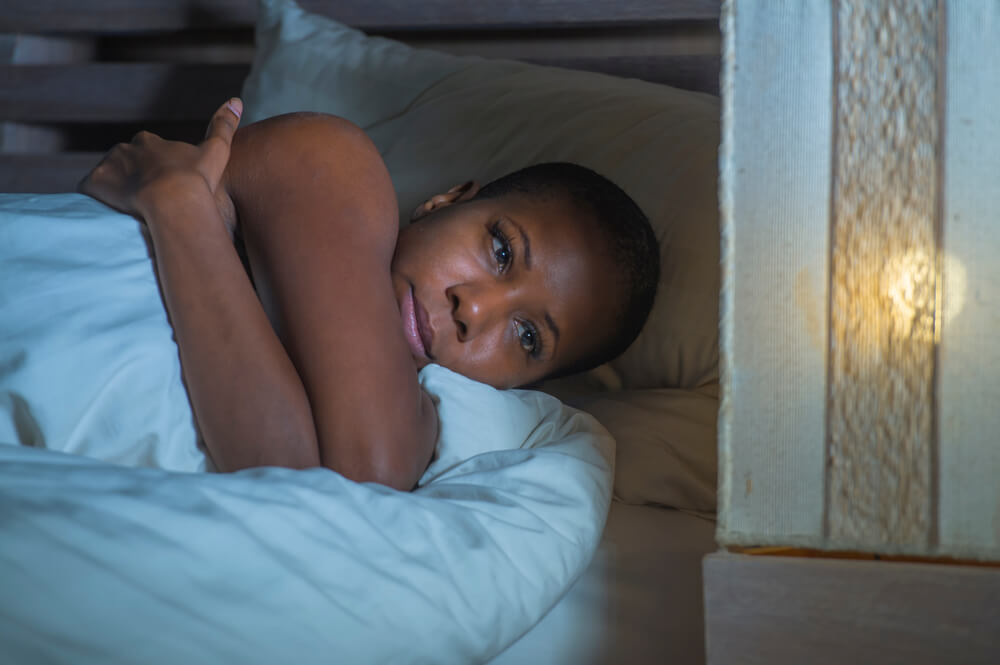It is a disease hidden in plain sight. It is a disease that destroys caregivers as certainly as it breaks the patient. There is no cure. To get it is a life sentence for those who suffer and for those who love them.
The disease is Myalgic Encephalomyelitis, more commonly known as Chronic Fatigue Syndrome, and now generally referred to as ME/CFS.
I’ve been writing and broadcasting about this disease for more than a decade. I’ve seen the most extreme cases where young people are prone, unable to communicate and drip fed. And I’ve seen those who are afflicted to a lesser degree but can’t work or attend school, must measure their activity and are unable to tolerate exercise, have cognitive problems and are in a state of constant exhaustion, often accompanied by severe headaches, joint pain and intolerance to light or sound, or both. One bedridden young man can’t tolerate a hug from his parents.
Having attended many medical and ME/CFS activist meetings and having met many patients, I thought I had seen in patients a cross section of the patient population. Then my wife, the journalist Linda Gasparello, pointed out that we had never met or seen an African-American or Hispanic patient at any of these many meetings.
We asked Linda Tannenbaum, a tireless campaigner for a cure for ME/CFS as chief executive officer of the Los Angeles-based Open Medicine Foundation (OMF), if she had ever heard from African-American or Hispanic patients? She had not.
There are between 1 million and 2.5 million ME/CFS sufferers in the United States. Could it be that there are none in those minority communities? Unlikely, specialists told us.
The answer may be both socioeconomic and cultural. “It is well-established that blacks and other minority groups in the U.S. experience more illness, worse outcomes, and premature death compared with whites,” Dr. Monique Tello wrote in Healthbeat, the Harvard Medical School’s blog. If members of these communities come down with this disease, they may not seek treatment, self-diagnose and suffer, thinking they are just tired and will be well in time.
Self-diagnosis isn’t a possibility with ME/CFS. But finding a doctor who can diagnose the disease, let alone specializes in it, is nearly impossible.
There are states where there is no doctor specializing in ME/CFS. Doctors with knowledge of the disease are to be found in a few big cities: Boston, New York, Miami, Chicago, Reno, Los Angeles and San Francisco. Their numbers are few, and their patient load is huge.
ME/CFS isn’t the kind of disease where the sufferer will get any help at their doctor’s office or the emergency room. Most medical schools don’t offer courses in the disease.
To suffer without knowledge and knowledgeable providers is bad enough. Then there is the hopelessness and rejection that comes from doctors who can’t diagnose the disease.
But the worst rejection is in families, where a member hears, “You’re not sick, you’re just lazy,” or “Get out of bed. Your sickness is in your head.”
I suspect local doctor rejection and then family rejection is all too frequent in minority communities. I know whites who’ve had to visit 20 doctors — that’s right, 20 doctors — to find one who knows what the problem is. And they’ve visited one because they have both the knowledge and the means.
Minority communities are poorly served by medical professionals; underserved in the extreme by specialists.
Recently, veteran civil rights activist and broadcaster Joe Madison hosted OMF’s Tannenbaum and me on his program on SiriusXM Radio, attempting to start an outreach to the African-American community.
Tannenbaum is keen, too, to hear from Hispanic journalists who will write or broadcast about this disease which confiscates lives.
“It is a tremendous injustice, as we all realize the imbalance of access to proper patient care for many patients with ME/CFS, especially African-Americans and Hispanics. The voices of these communities are unheard, ignored and neglected, and most people are unaware of what they have, and most doctors do not even acknowledge or treat the symptoms of this horrific disease,” she said in a statement.
“Many people are considered lazy or depressed, and this is not what this is at all. It is very important to share with all communities that the symptoms of ME/CFS are valid and that this disease is real,” she added.

 Follow
Follow
Thank you Llewellyn for your dedication to bring about awareness of this systemic neuro immune disease. It makes me wonder how many indigenous Australians might be suffering from M.E and being further marginalized in their communities. As the scientific research validating the biomedical basis of M.Ecfs grows, with over 9000 published articles reaching the medical communities globally, it is hoped all suffers and their families get treated with equanimity and respect along with science based knowledgeable proffessional medical assistance. The awareness campaigns and brilliant science taking place gives us great hope. Furthering physician’s medical education on M. E being the key. ( as with Bateman Horne & CDC website ) & something Emerge Australia is tackling. It needs to be policy led & supported from the top. It is my hope that then all those marginalized and missing ,can access what is their right to basic well informed up to date medical care.
CFS / ME does not fix it, but because it cannot meet the fixer. Pattients can fix it in 1-2 hours. The method of remedy is not the method of modern medicine. The remedy process is 1. Detect the pathogenic source 2. Remove the pathogenic source 3. Reboot the body control system. It cannot be fixed by medical methods such as medicine or surgery. The black lady in the picture is sleeping in the geopathic zone (strong electromagnetic radiations). She can be healthy by moving her bed and doing simple tuning.